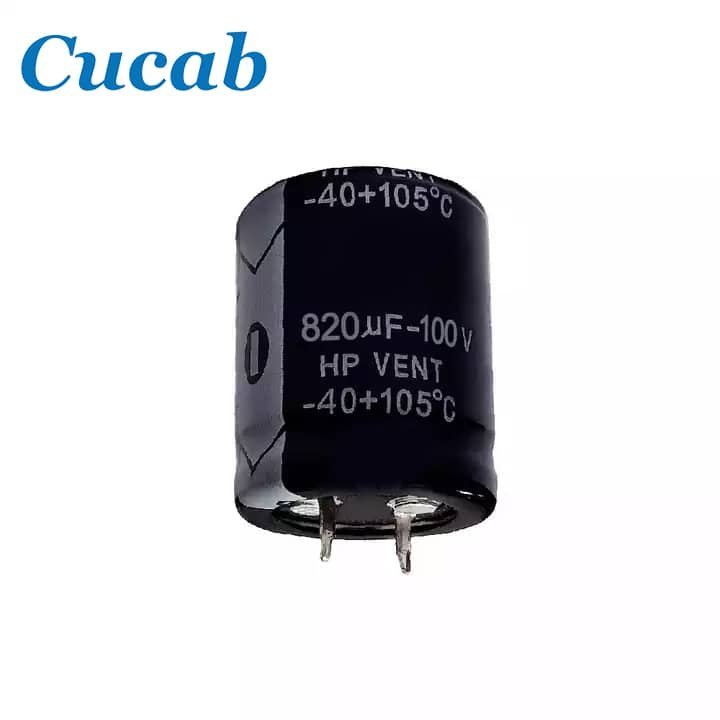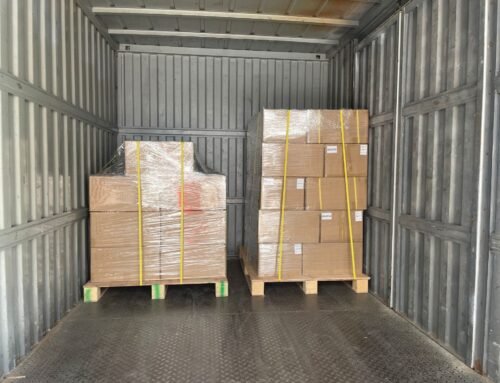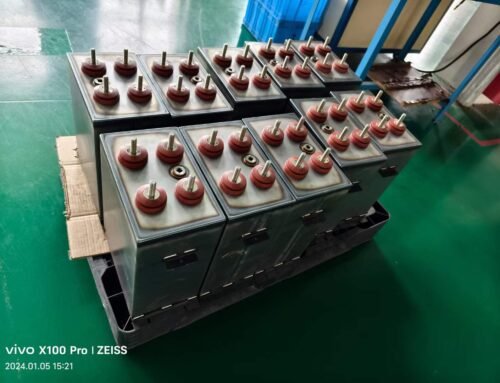What is a capacitor?
A capacitor is a component that stores electricity and electrical energy (potential energy). A conductor surrounded by another conductor, or a conductor system in which all the electric field lines emitted by one conductor terminate in another conductor, is called a capacitor.
How a capacitor works
A non-conductive insulating medium sandwiched between two conductors very close to each other is the basic structure of a capacitor. When voltage is applied between the two conductors of a capacitor, the capacitor will store charge, and it can not only store charge but also release it, and it has the property of “isolating DC and conducting AC”. coupling, decoupling, etc.
What are the main capacitors used in power supply?
1、Main capacitor
The main capacitor is generally the largest capacitor in the power supply, and is closely related to the performance of the power supply. The role of the main capacitor is energy storage and filtering, the body of three important parameters, respectively, voltage, temperature and capacity.
The temperature resistance is the upper limit of the temperature that the capacitor can withstand, and generally speaking, the higher the temperature resistance of the capacitor, the longer the life of the capacitor will be. At present, there are 85℃ and 105℃ as the common temperature resistance values of main capacitors. Of course, the higher the temperature resistance value is, the better.
Large capacitors are also larger in size, so high-end power supplies will use two capacitors in parallel to obtain a higher equivalent capacity.
The capacity of the main capacitor is generally determined according to the topology, rated power and market positioning of the power supply, etc. The normal relationship between the capacity of the main capacitor and the rated power is “not less than 0.5μF per watt”, which means that for a power supply with a rated power of 1000W, the capacity of the main capacitor should be In other words, for a power supply with a rated power of 1000W, the capacity of the main capacitor should be not less than 500μF, so as to ensure that the main capacitor can play a good role in energy storage and filtering.
2、Anti-regulation capacitor
After the mains power enters the power supply, the first thing to enter is not the main capacitor, but to go through the safety capacitor before entering the PFC circuit.
The safety capacitor is a capacitor failure, will not lead to electric shock, does not endanger the safety of the safety capacitor. Safety-regulated capacitors are usually used only for filtering purposes in anti-interference circuits. They are used in power supply filters to play a power supply filtering role for common mode and differential mode interference, respectively. For safety reasons and EMC considerations, try to buy the power supply inlet plus the safety capacitor power supply.

2.7V 3000F суперкондензатор




